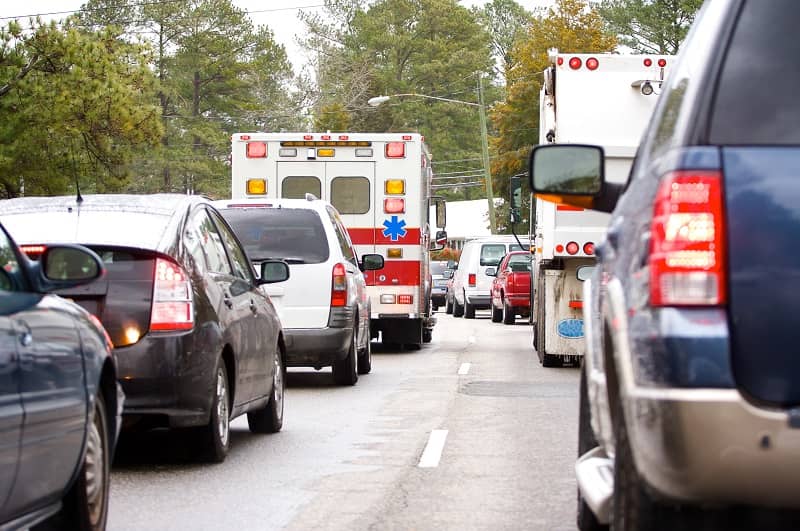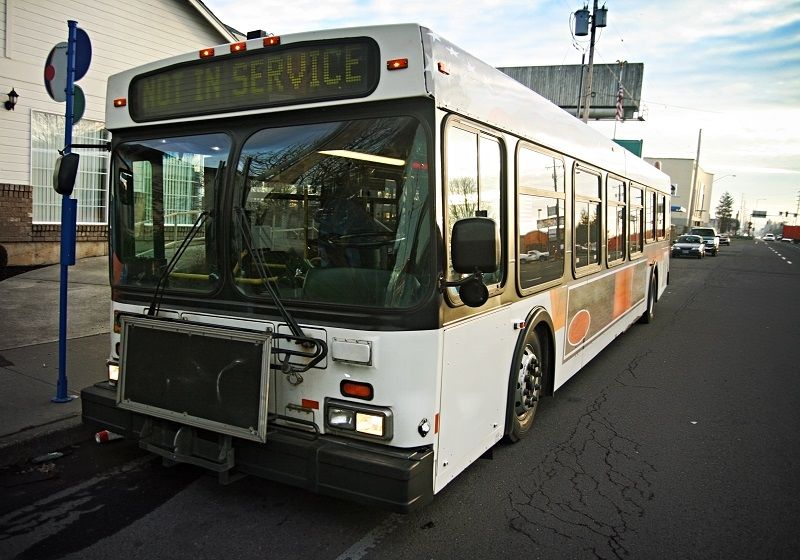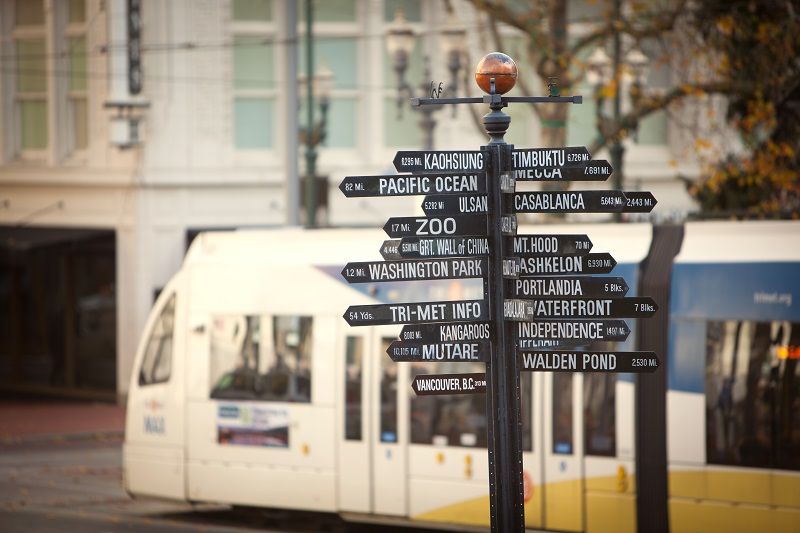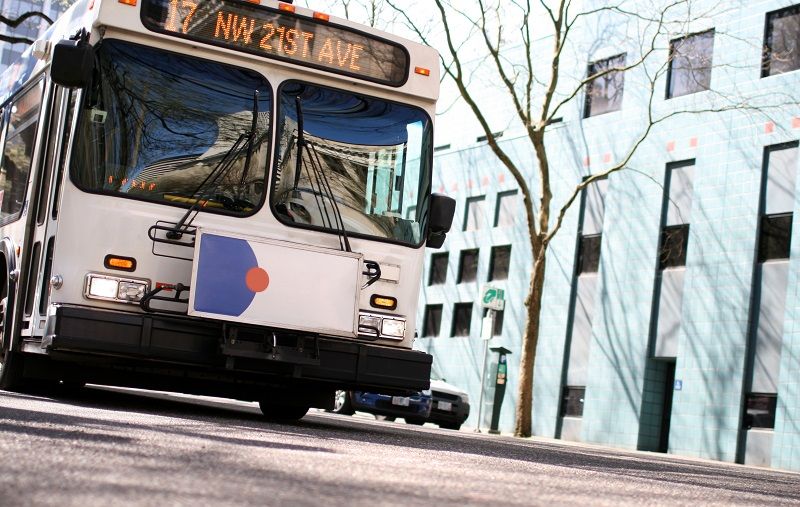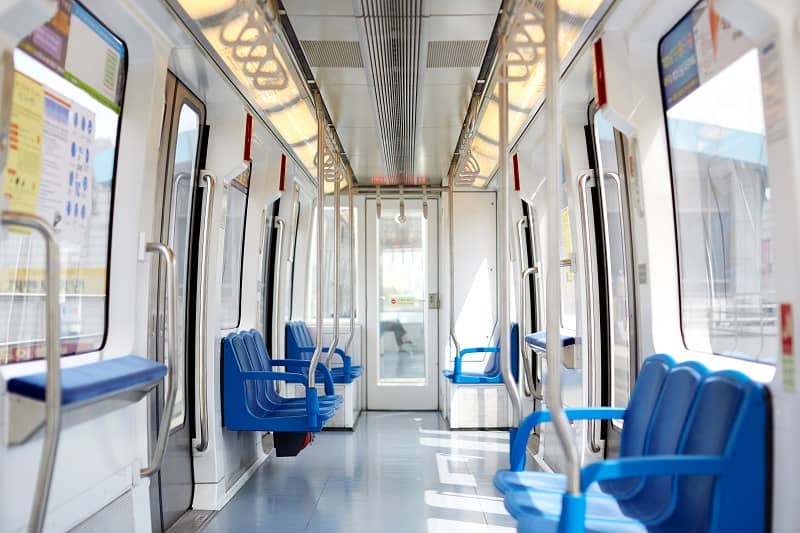By Michael Nielsen
For more than six years, Multnomah County has been considering how best to replace the Sellwood Bridge. The adopted plan calls for removing the current bridge and replacing it with a new one that is twice as wide.
However, none of the new space will be available for cars, even though cars carry nearly 98% of all passenger-trips during the peak hours. Only about 40% of the new bridge will be allocated to vehicular travel, with the other 60% dedicated to non-motorized transportation in the form of bikeways and mega-sidewalks.
The new bridge does need more space for cyclists and pedestrians because the current bridge was never designed for them. There are only about four feet for cyclists and pedestrians to maneuver around each other. However, there is no reason to allocate 60% of bridge space to satisfy two percent of all travelers.
County Commissioners were recently shocked to discover that the price tag for the bridge has increased by $70 million since last year. If planners want to save money, they should reduce the width of the bridge. Planning for two 12-foot sidewalks to accommodate a few hundred pedestrians is simply a waste of resources. Thirteen feet in all will be added to please the bikers. It is important to be honest about how people actually use this bridge. During rush hour, every time 1,200 people cross the bridge via motor vehicle, only about 21 cross the bridge on bikes. Furthermore, only three cross the bridge by foot.
In addition, the new Sellwood Bridge will have a weight capacity of only 13 tons, excluding many commercial and private trucks from crossing the bridge. Before 2004, the old bridge was thought to hold a maximum of 32 tons. Since then, however, it has been deemed unsafe for anything over ten tons. According to Multnomah County’s website, “weight limits prevent many companies from using the bridge, forcing out-of-direction travel that adds to congestion on other routes and increases costs to businesses and consumers.” While the weight capacity is being increased slightly, it will be impossible for heavier trucks to use the bridge.
Given the above criticisms, the new Sellwood Bridge could be built more effectively in a number of ways. Reducing the width and increasing the weight capacity would serve the needs of the community better. The savings from the width modification could be more efficiently used to increase the structural integrity of the bridge. This would not force large trucks to go out of their way downtown in order to cross the river.
With the total cost of the bridge at approximately $299 million, planners should look for opportunities to cut expenses. When considering the odd and, at times, useless characteristics of the bridge (along with the half million dollars being spent on decorative columns), it is hard to justify the current plans from a cost efficiency perspective.
Much of the thought process going into this plan has been political in nature. This is an effective strategy only when the purpose of building a bridge is to make Portland appear more bike-friendly. Ultimately, the cost of the new Sellwood Bridge will be paid by taxpayers. It is only just that the real transportation needs of the community be addressed by the bridge’s capacity and design.
Michael Nielsen is a research associate at Cascade Policy Institute, Oregon’s free market public policy research center. Nielsen is a student at California State University, Chico.



